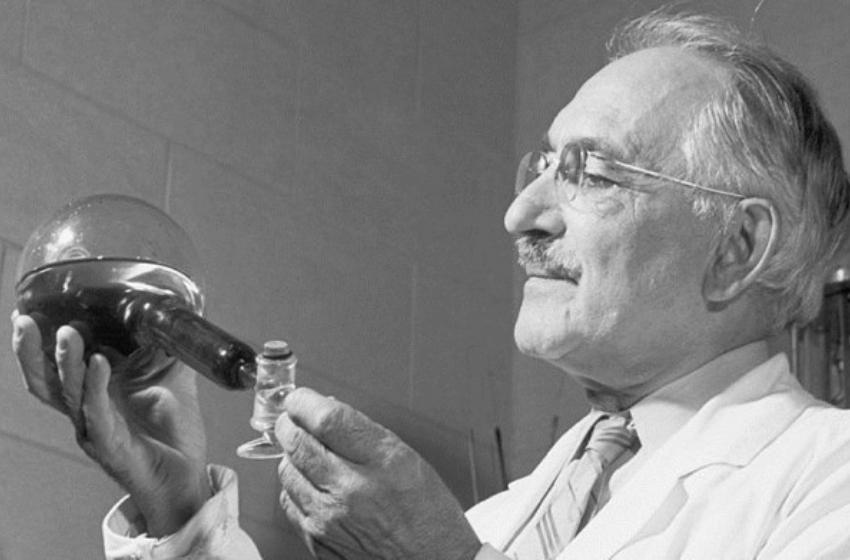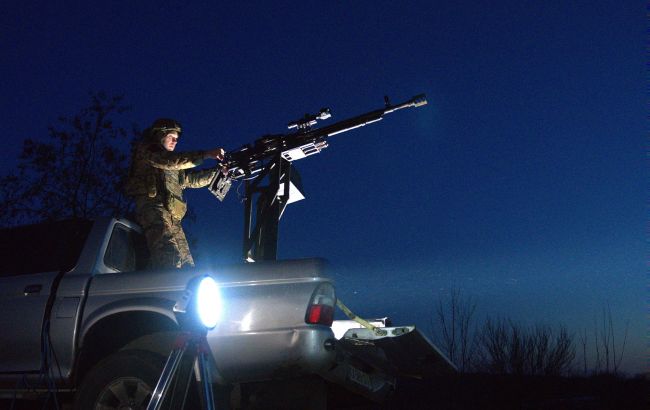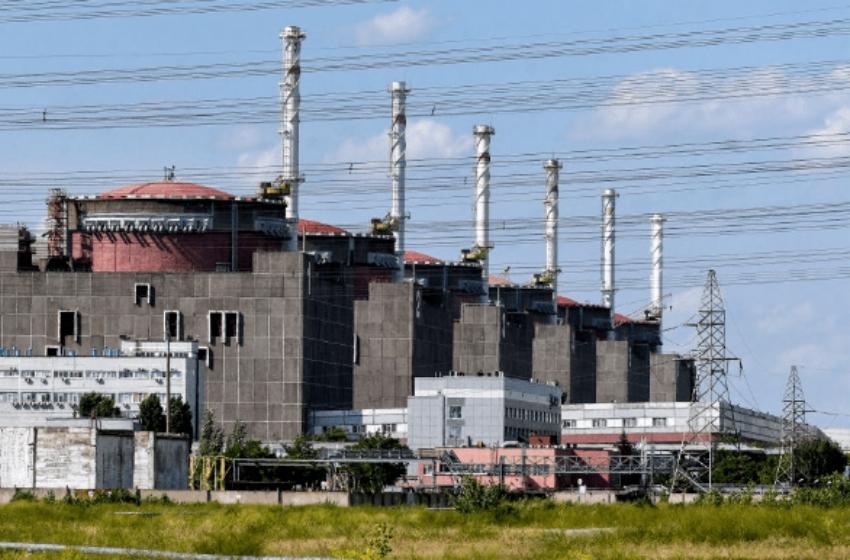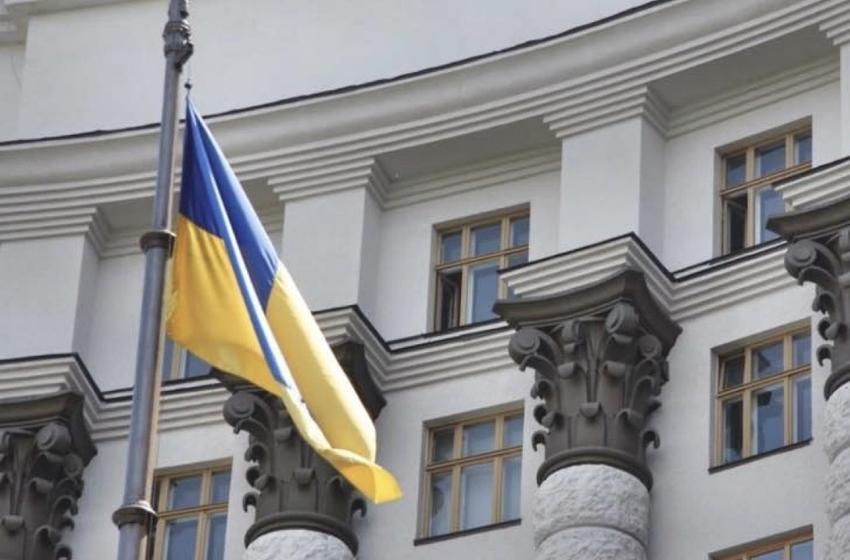Today it is hardly possible to imagine medicine without antibiotics. Many people think that this is the merit of Alexander Fleming, who discovered penicillin. But the truth is that the scientist invented the substance by accident, so it was not pure and it was impossible to store it for a long time. In addition, Fleming did not even think that he was working on the search for the first antibiotic, because in those days there was not even such a term yet. And the concept of "antibiotic" was coined by the Jewish microbiologist Selman Waksman after he discovered the antimicrobial drug - Streptomycin.
Selman Waksman's life began on the territory of the Vinnytsia region, Ukraine. On July 22, 1888, in the town of Novaya Priluka, which is 15 kilometers from Vinnitsa, a boy named Solomon ; in the future - Selman Abraham Waksman.
His parents, a small tenant Jacob and the owner of Freud's shop, had great respect and trepidation for Jewish traditions, so they raised their son in the spirit of Judaism.
1897 - Mishkha, the 2-year-old sister, suffers from diphtheria. The parents couldn't get medicine, the girl died. Selman later recalls that he then decided to dedicate his life to saving people from disease.
According to the laws of the Russian Empire, Solomon Waksman as a Jew had minimal opportunities to receive a good education. But his mother invited tutors, after classes with which he was admitted to the Odessa gymnasium #5. A year after the death of his mother, in 1910, Solomon defended his diploma.

At 22, Selman makes the fateful decision to move to America. His uncle Charles Kutsi, who became a professor of philosophy at Columbia University, has lived there for 20 years. His cousin Henry Kutsi created a "community of scholars" that supported gifted Jewish immigrants. Selman counts on their support. He distributes his library to acquaintances and takes a train to the German border with three friends.
He lives on the farm of his cousin Malka and her husband, Mendel Cornblatt in New Jersey. Helps with the farm and study English language. For two years, he has been publishing an article in the magazine "How I raise chickens" and received $ 10.
Working on a farm makes you want to explore the properties of the land to get higher yields and protect animals from disease.
The sister advises visiting the town of New Brunswick near New York, where Rutgers University is located. Selman becomes a student. The future microbiologist devoted himself entirely for research. In 1915 he received his BA in Agricultural Sciences from Rutgers University. He will return to the same university in 1940, but already as a professor of microbiology.
Selman was attracted to research activities from an early age, but he could take it seriously only after moving to a farm. Here his laboratory became … the earth, with the help of which he began to "seek answers to numerous questions about the cyclical nature of life"!
Later Selman will say:
“It all started with Ukrainian black soil. I have always thought about him - both in Odessa and later in the USA â€.
Deborah Mytnyk also comes from Nova Pryluky, now a village in the Lypovets district of the Vinnytsia region. Her brother Pacy was friends with Selman. They came to the United States together. Deborah was invited within a year. The girl worked in New York as a cleaner and gave money to her brother. Waksman loved her since school. When he learned of her move to the United States, he began visiting Customs. In 1916 they married.
Immediately after the wedding, the couple travels to California. Selman enters the University of Berkeley and applies for admission. Receives a scholarship for research. He defended his doctorate in philosophy and returned to Rutgers University.
My mother sang in a Catholic choir in New York and loved to organize musical evenings at home. They were attended by scientists, diplomats, artists, musicians.
Byron Waksman, born in 1919
The natives of Novaya Pryluka decided to visit their native lands while traveling in Europe in 1924. From Kozyatyn they move to the town. But then they turn to Vinnytsia for the night. Waksmans return to Europe, and from there, move to USA. The last time they visited Pryluka was five years later, with their son Byron.

Parents visited the theater. But my dad had a "tin ear", so he often fell asleep at performances and concerts. But at home, in the garden among the flowers and trees - came to life. He once admitted that gardening was his favorite hobby. And the most pleasant feeling is when you pick up a handful of earth. This habit, he said, appeared in Pryluky.
Byron Waksman
He was surprised why there are so few microorganisms in the black soil that cause infectious diseases. During the entire existence of the world, the results of the vital activity of people, animals, and plants should have accumulated in the ground, creating a layer of unimaginable sizes from pathogenic microorganisms. But for some reason, the soil was not dangerous for humanity. Thanks to this thought, Waksman made two major discoveries for the world. After conducting several dozen experiments, he realized that tuberculosis bacteria, getting into the ground after a while lose their viability. This proved that the burials of people who died due to tuberculosis do not harm nature. Then Selman caught fire searching for an answer to the main question: how does the soil destroy this dangerous species of microbacteria?

Waksman researched more than 10,000 strains and in 1940 he finally found something in the ground that destroys bacteria. This is how actinomycin was discovered. But the microbiologist was not happy with the result - during the research of this substance, bacteria were destroyed and experimental animals. Therefore, he continued his search. In 1942, Selman discovered streptomycin, but this did not bring the scientist closer to solving the "cyclical nature of life". The new substance killed bacteria, but only at a specific dosage.
Soon, Waksman decided to move to a new level of research work and recruited a team of assistants. This significantly accelerated the search for strains dangerous for Koch's bacillus. A year later, one of the employees of the microbiologist, Albert Schatz, under the guidance of his teacher, conducted a successful experiment, during which only tuberculosis bacteria were destroyed, and the experimental animals survived.
It happened on October 19, 1943 at about two o'clock in the afternoon. Then I realized that a new antibiotic had been found.
Albert Schatz

Selman Waksman was nominated for the Nobel Prize 45 times, but he received it only in 1952 for "the discovery of streptomycin, the first antibiotic effective in the treatment of tuberculosis." In the same year, Schatz was nominated, but the young scientist never received the award. Under the guidance of a microbiologist, several dozen more substances were found that destroy dangerous types of microbacteria. By the way, today more than 70% of antibiotics are produced just from Actinomycetales - bacteria once discovered by Waksman in the ground.

In 1973, the heart of the legendary microbiologist and discoverer Selman Waksman stopped. Even in his last days, the scientist repeated: "God created medicines from the earth, and He, the Wise One, will not abhor them."
Other tributes of Selman Waksman involve antifouling paints for the Navy, the use of enzymes in laundry detergents, and the practice of Concord grape rootstock to safeguard French vineyard from fungal infections.
Byron H. Waksman became an immunologist. He came to Novaya Pryluka in 2003. Died in 2012.





















